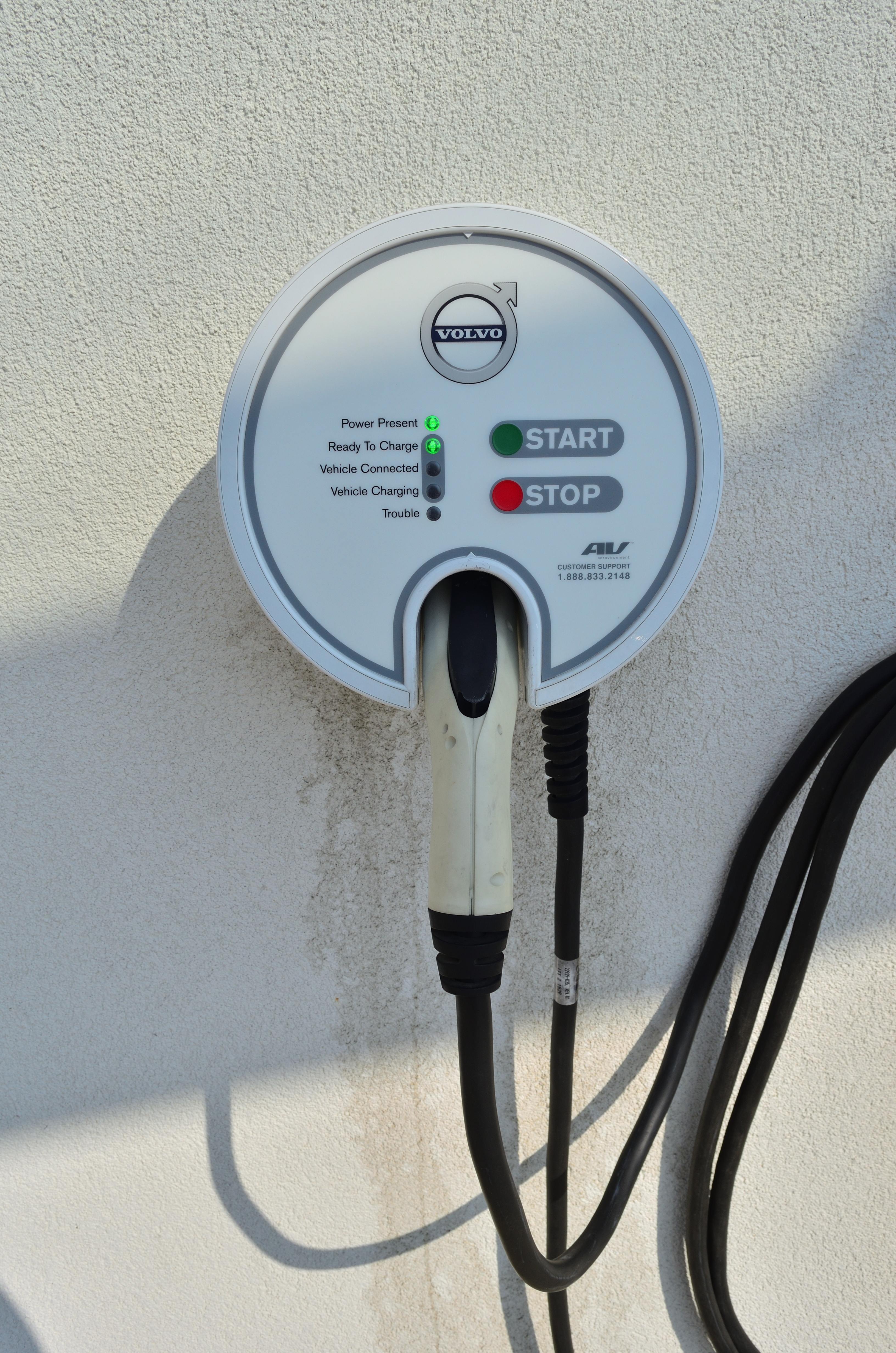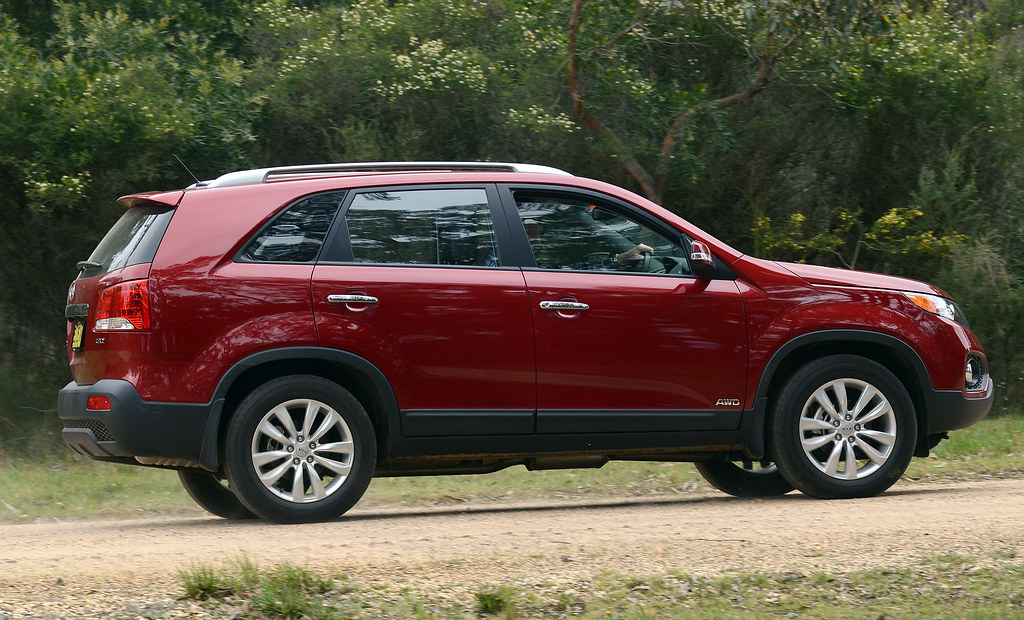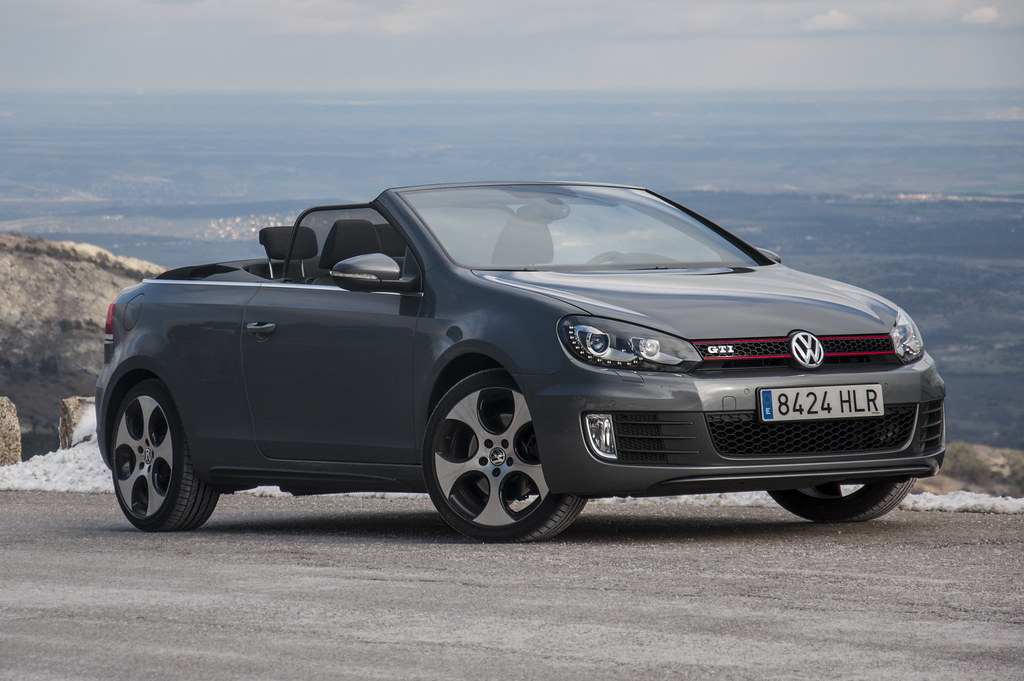
In the dynamic realm of electric vehicles, governments are rolling out a range of incentives designed to spark the shift towards eco-friendly alternatives, particularly in progressive states like California where environmental innovation is a cornerstone of policy.
1. **NEVI Planning**: California’s National Electric Vehicle Infrastructure (NEVI) Planning is a foundational initiative. The U.S. Department of Transportation has mandated that the California Department of Transportation submit an annual EV Infrastructure Deployment Plan, detailing how the state plans to allocate NEVI funds. These plans are strategic in laying the groundwork for a robust network of electric vehicle infrastructure, ensuring that EV owners have access to necessary charging stations across vast areas.

2. **Bus Replacement Grant**: The California Air Resources Board (CARB) has taken significant steps to replace aging buses with zero-emission alternatives by offering grants. These grants vary depending on the type of vehicle, with substantial amounts allocated for electric and fuel cell transit buses. This not only supports the public transportation sector but also contributes to cleaner air quality in urban environments.

The South Coast Air Quality Management District offers **Heavy-Duty Vehicle Grants** aimed at replacing or upgrading heavy-duty vehicles to low nitrogen oxide (NOx) models, which plays a critical role in mitigating emissions from freight and other large vehicles that heavily pollute our air.

The **Low Emission Truck and Bus Purchase Vouchers** initiative, managed by the California Air Resources Board through the Hybrid and Zero Emission Truck and Bus Voucher Incentive Project (HVIP), provides valuable vouchers that help make the purchase of electric, hybrid, or natural gas trucks and buses financially feasible for fleet operators looking to go green.

The **Bay Area Vehicle Replacement Program** encourages residents to trade in their older, high-emission vehicles for financial incentives, aiming to cleanse the roads of pollutant-spewing cars and significantly enhance the air quality in the region.

To support the growing electric vehicle market, the **California Electric Vehicle Infrastructure Project (CALeVIP)** offers guidance and funding for the development of EV charging stations, ensuring that charging solutions keep pace with the increasing number of electric vehicles on the road, thereby enhancing their practicality for everyday users.
7. **Alternative Fuel and Vehicle Incentives**: The California Energy Commission’s Clean Transportation Program offers financial incentives to support the development of alternative fuels and advanced transportation technologies. This broad initiative covers electric, hydrogen, and natural gas vehicles, reinforcing California’s commitment to a diverse range of clean energy solutions.

The **ZEV and Near-ZEV Weight Exemption** regulation allows zero emission vehicles and near-ZEVs to exceed standard weight limits, accommodating their clean technology powertrains without penalizing manufacturers, which promotes innovation in emissions-reducing technologies.
Imagine a future where electric vehicle (EV) owners are not just beneficiaries of incentives but active participants in sustainable innovation. As we look towards this horizon, let’s explore some of the exciting government initiatives that American electric car owners wish to see materialize, enhancing the landscape of electric mobility.
9. **Universal Charging Standard**: One of the most pressing desires among electric vehicle owners is the establishment of a universal charging standard. As the EV market diversifies, each manufacturer has its own proprietary charging plugs and systems. This fragmentation can be frustrating for owners who wish for a seamless charging experience. A universal standard would eliminate compatibility issues, allowing drivers to access any charging station regardless of brand, thus enhancing the overall convenience of electric vehicle ownership.

As the demand for fast-charging options rises, increasing the number of fast-charging stations becomes essential; government support to expand this infrastructure would not only ease the burden of range anxiety for EV owners but also encourage more people to embrace electric vehicles for long-distance travel.

Despite current incentives, the financial barrier of electric vehicles remains a challenge; extending **EV Purchase Subsidies** or rebates at the point of sale could provide a compelling reason for consumers to make the switch, aligning with broader environmental goals and accelerating the transition to electric mobility.
Recognizing the environmental challenges posed by lithium-ion batteries, a government-backed **Battery Recycling Program** could play a vital role in both reducing environmental impact and ensuring sustainable sourcing of valuable materials, appealing to eco-conscious consumers and fostering a circular economy.

13. **Vehicle-to-Grid Technology Support**: An emerging technology that captures the imagination of EV enthusiasts is vehicle-to-grid (V2G) capabilities. This technology allows electric vehicles to send unused electricity back to the grid, providing a potential solution for energy shortages and peak demand times. Government support for V2G technology could foster innovation and make electric vehicles an integral part of the energy ecosystem.

To bridge the gap in charging infrastructure, focusing on **Rural Charging Infrastructure** development would ensure that electric vehicle owners in underserved areas have equitable access to charging stations, which would not only benefit local economies but also encourage widespread adoption of electric vehicles across diverse communities.
Related posts:
US government’s proposal to boost EV sales is challenging but not impossible
Affordable EVs: 10 Electric Cars You Can Get for Under $40,000
Virginia Electric Vehicle Infrastructure Development is Underway. Incentives Could Spur Growth










